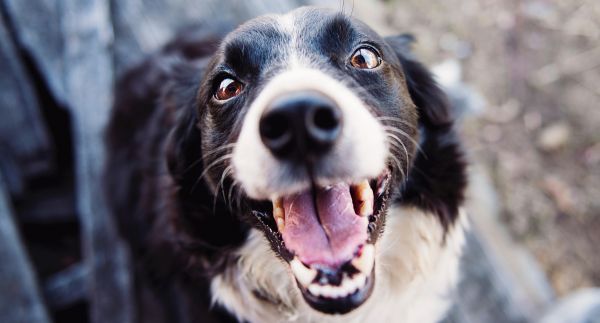|
Meet Rocky the cat. Rocky loves spending his days on the couch, waiting for his humans to arrive home and feed him his dinner. We will be following Rocky's health journey over the next few months and today we'd like to fill you in on his visit to the dentist.
Rocky recently had a dental procedure performed under general anaesthesia to clean his teeth. At the time it was discovered that one of Rocky's teeth had a specific problem known as feline resorptive lesions (FRL). Up to 60% of cats may suffer from this painful condition by the time they are 6-years old.
What is a FRL and what causes them?
In a FRL, the tooth is eaten away, leading to exposure of the sensitive pulp of the tooth. They used to be referred to as 'feline cavities' but this is not really an accurate description as they are not caused by the presence of plaque and tartar or from eating too many lollies!
The cause of FRLs is still unknown. There are several theories about what causes resorption of the tooth, but none of these theories have been conclusive.
How are they diagnosed?
FRL are sometimes visible as a little red spot on the tooth and are sensitive to touch. There may also be erosion of the crown of the tooth. In some cases, there are no visible changes to the tooth and the only way to detect a FRL is to perform and look for changes on dental radiographs.
Why is extraction necessary and what about ongoing care?
FRLs will progress and continue to be painful if they are not extracted. They can cause a cat considerable pain and cause reduced appetite and lethargy. Most cats with one FRL will develop other FRLs in the future so regular dental check-ups, dental cleans under anaesthetic and dental radiographs can be an important diagnostic tool in these cats.
We are pleased to say that Rocky's painful tooth was extracted and he is making an excellent recovery. He will need regular dental check-ups in the future to make sure he doesn't get any more FRLs but for now he is snuggled up on the couch again waiting for his dinner!
If your pet hasn't had a dental check-up for a while you should call us and arrange an appointment so we can rule out any issues.
|
